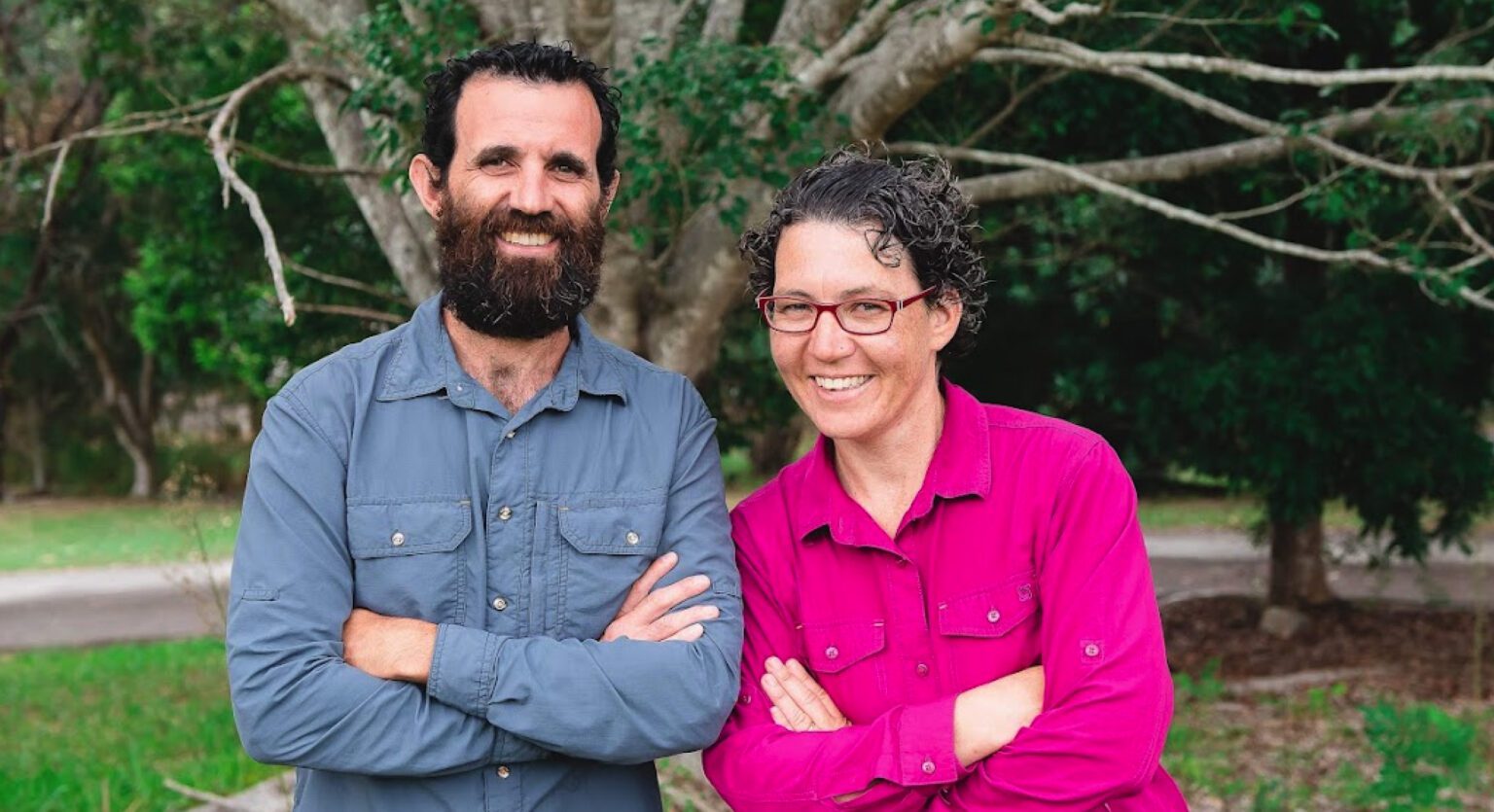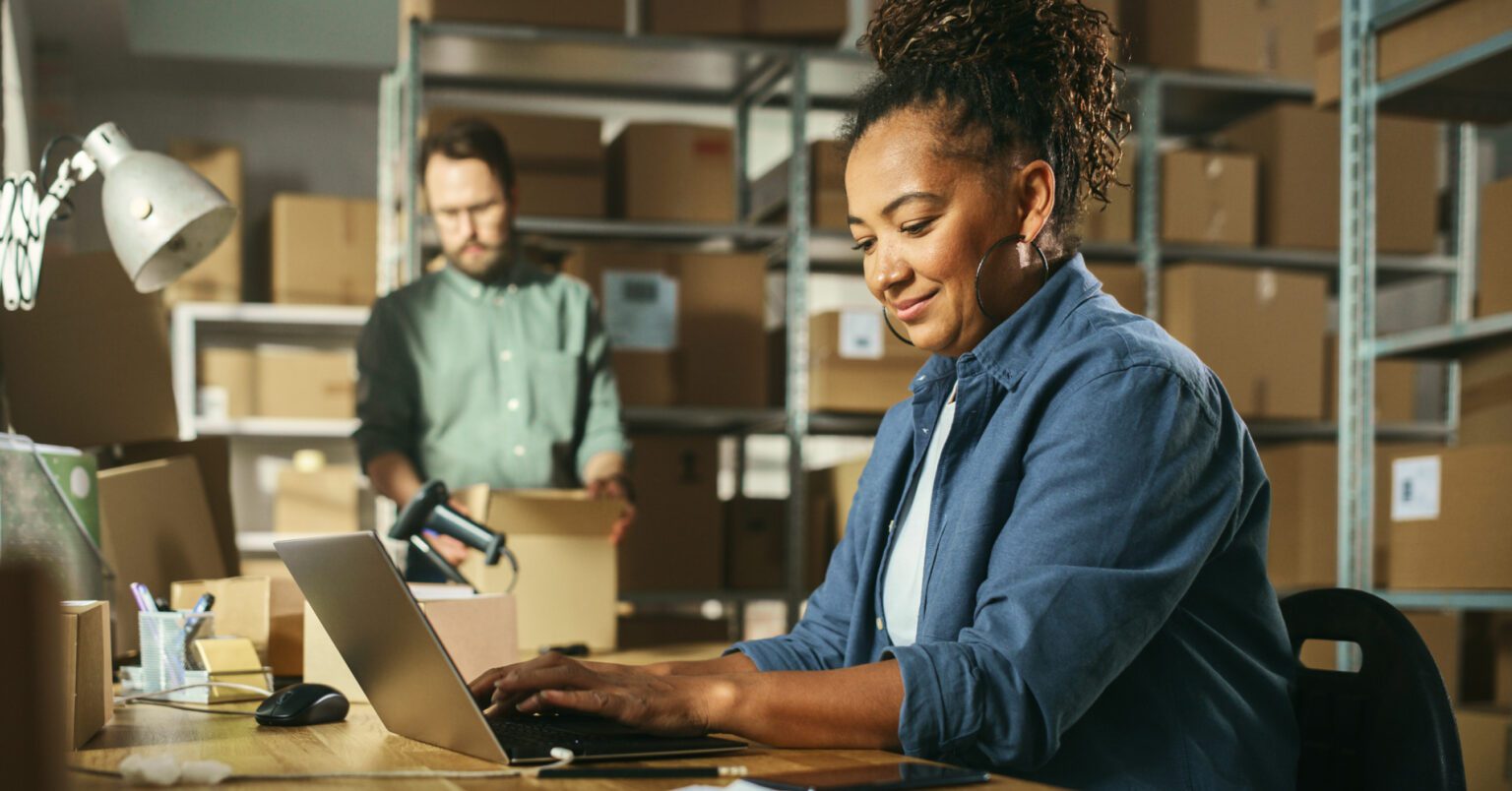For some small businesses, the way their communities rallied around them during the COVID-19 lockdown was a touching reminder of how strong their local support is. We explore the benefits of building community connections.
What goes around, comes around
When the shutdown began squeezing Australia earlier this year, the owners of Cocoa Bar café in Sydney’s north felt both despair and luck.
“We could at least stay open and do takeaways,” says owner Nuala Quigley. “We wanted to pass our gratitude on and pay it forward to the community.”
So, she and her partner Martin placed a sign outside their shop that said, ‘No job? No worries! Free coffee until you get one… Say Aloha when ordering. Pay it forward.’
The result was instantaneous, particularly when the sign went viral.
“People would walk past and be in tears when they saw the sign,” Quigley says. Then people started coming in and asking if they could pay for a coffee for someone and it just kept snowballing.”
It was a genuine gesture of compassion and solidarity, but as well as helping those in need, the small initiative also helped raise the profile of the café.
“We’ve been here for 10 years and have very loyal customers but we’re seeing a lot of new customers,” Quigley says. “It’s nice to see so many new faces.”
She says community support went both ways during COVID-19. “Our experience is that people will buy off you even if they don’t need what you’re selling because it’s a way of helping local businesses through tough times.”
The benefits of building community links
The Quigleys aren’t the only small business owners to realise the importance of giving back to the community. In fact, the Giving Australia report commissioned by the Federal Government shows that giving is becoming increasingly embedded in how we do business.
The report outlines many ways small businesses can build community links – think giveaways, donations, sponsoring the local footy team or school fete – and it turns out giving is not all about feeling good. There are also many other business benefits, including:
- More engaged employees.
- Community goodwill.
- Greater customer awareness and increased revenue.
- Positive social impact.
The research backs up the experience of Rebecca Fearon, Director of Ray White Balmain, who directly credits the growth of her business to strong community ties. “When I took over the agency three years ago, one of the first things I did was to get community links happening,” she says.
“For every referral we get through Birchgrove Public School, whether it’s a parent, relative, teacher or friend, we donate 5% of the sales commission fee or half a week’s rent for a rental referral back to the school.
“It’s about networking, building word of mouth and creating a trusted brand. It’s also about the law of reciprocation. I’m giving back to the community that’s given so much to me.”
Fearon and her co-director, Karl Howard, have now expanded the business to three times its original size.
Steps to build community support
The first step is spending some time thinking about what needs your community faces, and then how your business can help serve those needs.
The Giving Australia report found that among small businesses, donations – whether it be money, products or services – was the most popular, followed by sponsorships, employee giving and employee volunteering programs.
“[We’re all] in a community and we’re all taking out of the community,” one small business owner told Giving Australia.
“I believe it’s our responsibility to put back into that community, whether that’s time, whether that’s expertise, or whether that’s money or a combination of all of the above.”
For more information on business giving, visit the Australian Government’s Community Business Partnership.








